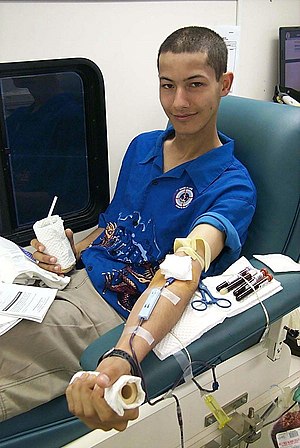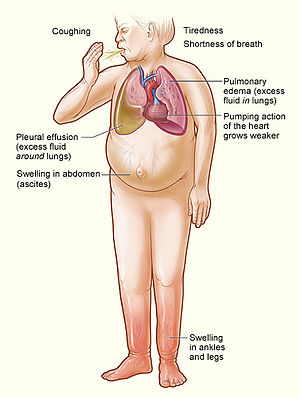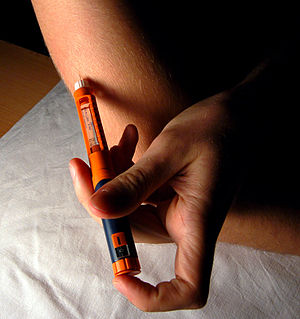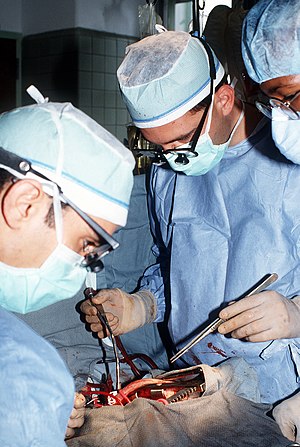Not often I find three news items at the same time that I can’t resist writing about. Here we go:

- Nitric oxide (NO) helps with many things including wound healing. Now researchers have manufactured a light-activated nano gel matrix that holds NO and can be used as an antibacterial shield against drug-resistant germs.We’re already blessed that nano is already helping doctors send cancer-killing drugs directly to malignant cells without damaging surrounding tissue. Imagine what other amazing partnerships we’re going to see between nanotechnology and biomedicine.
- Nature Medicine reports that researchers have discovered a new drug that could potentially increase the endurance and exercise capacity of people with seriously debilitating illnesses like obesity, COPD, heart failure and plain old aging. How exciting is that? Instead of accepting a gruesome long-term death sentence, people will be better able to improve their own quality of life.
- And last but not least, doctors are calling it a soon-to-be “medical breakthrough,” according to an article in ABC’s online Fort Myers Naples Port Charlotte news. Researchers at the Mayo Clinic have succeeded in “training” stem cells taken from bone marrow to grow into heart cells and be used to reverse heart damage and potentially add years to a person’s life.
Such are the many miracles we get to see in our own time.


















